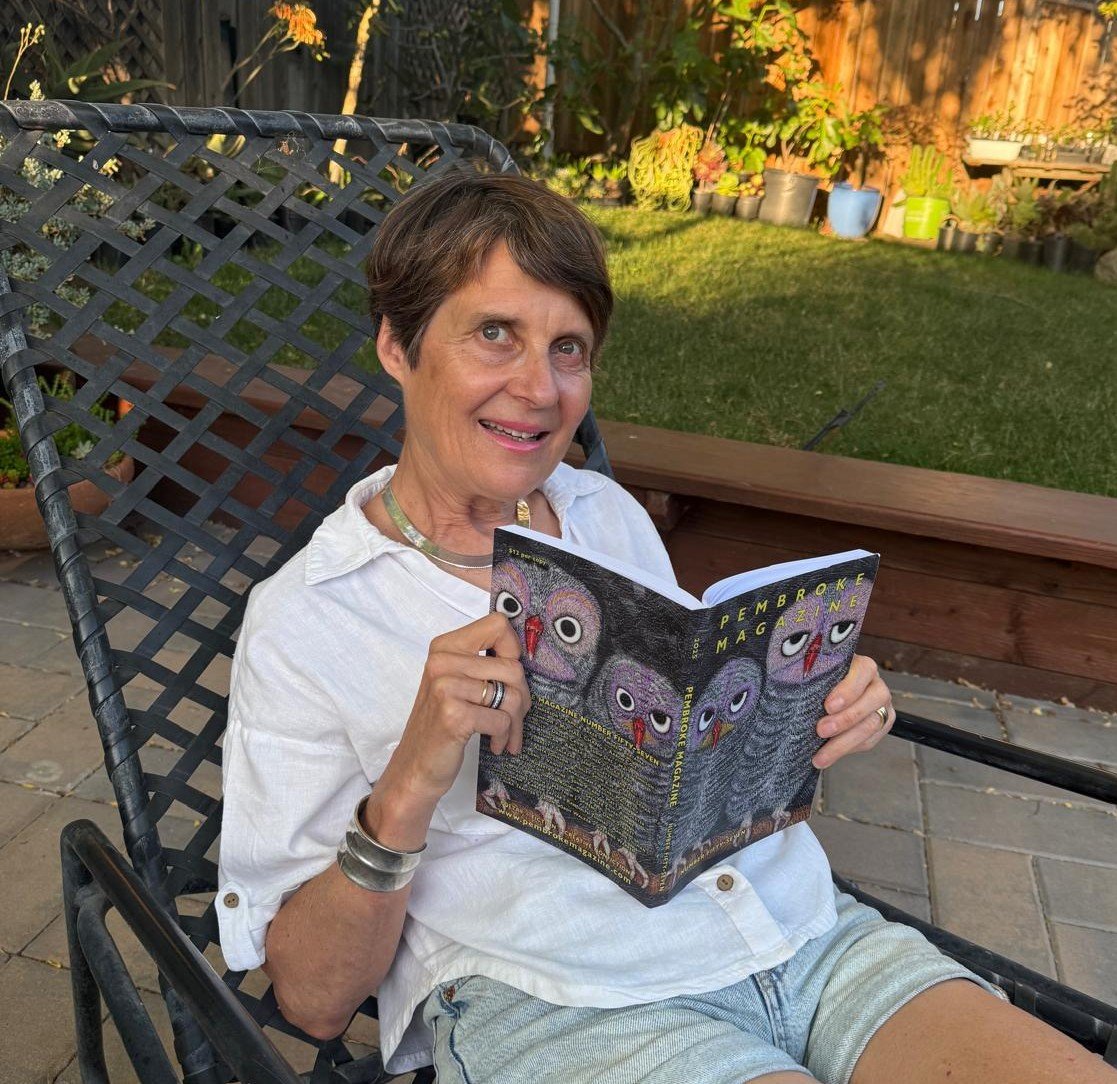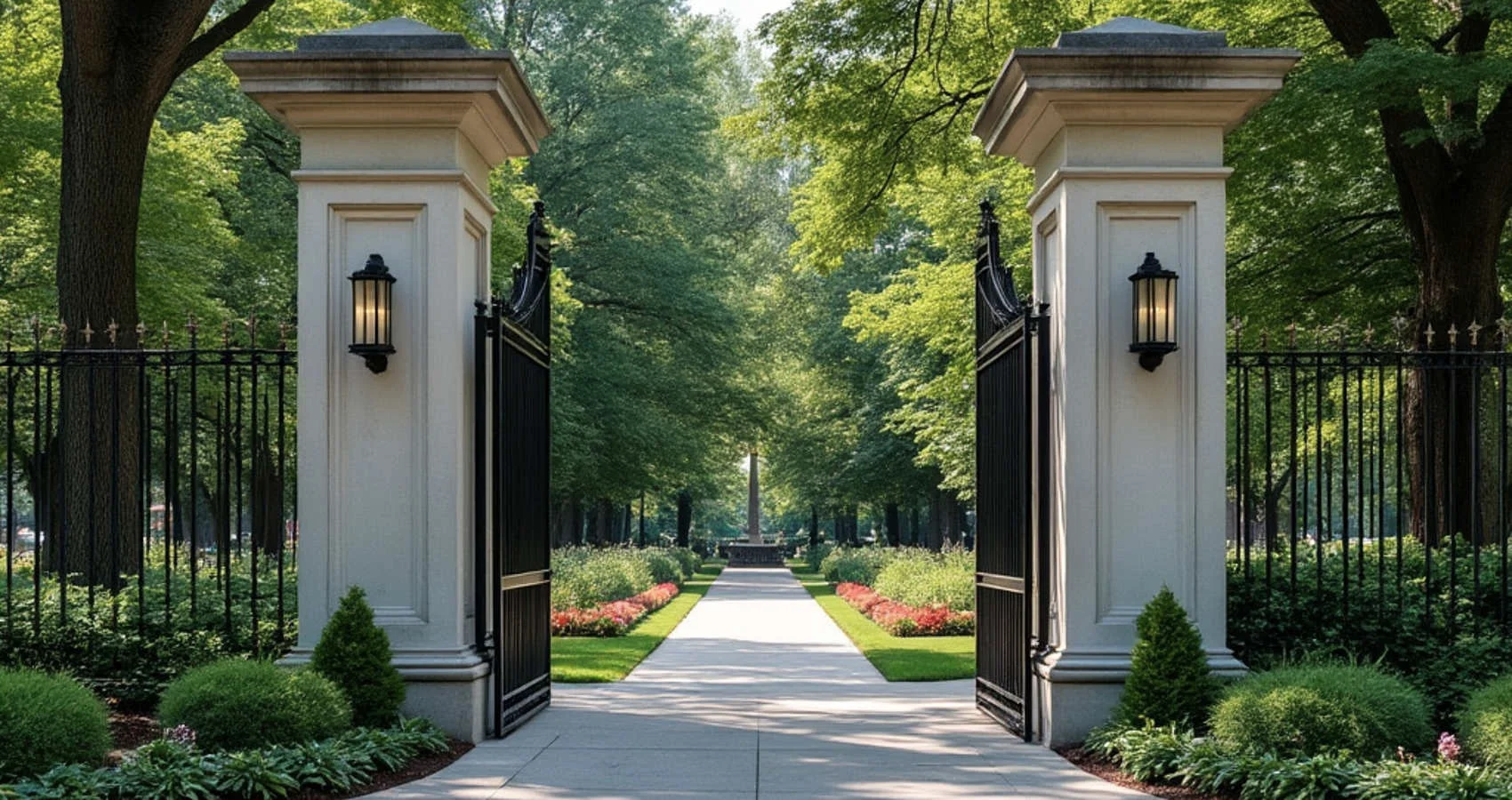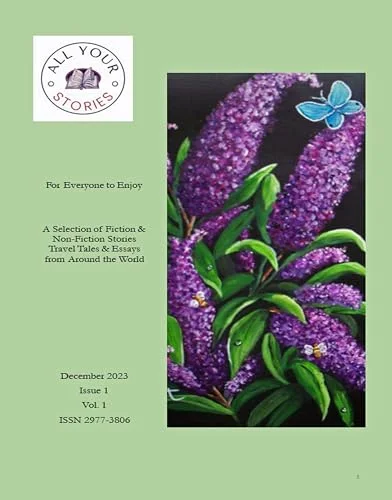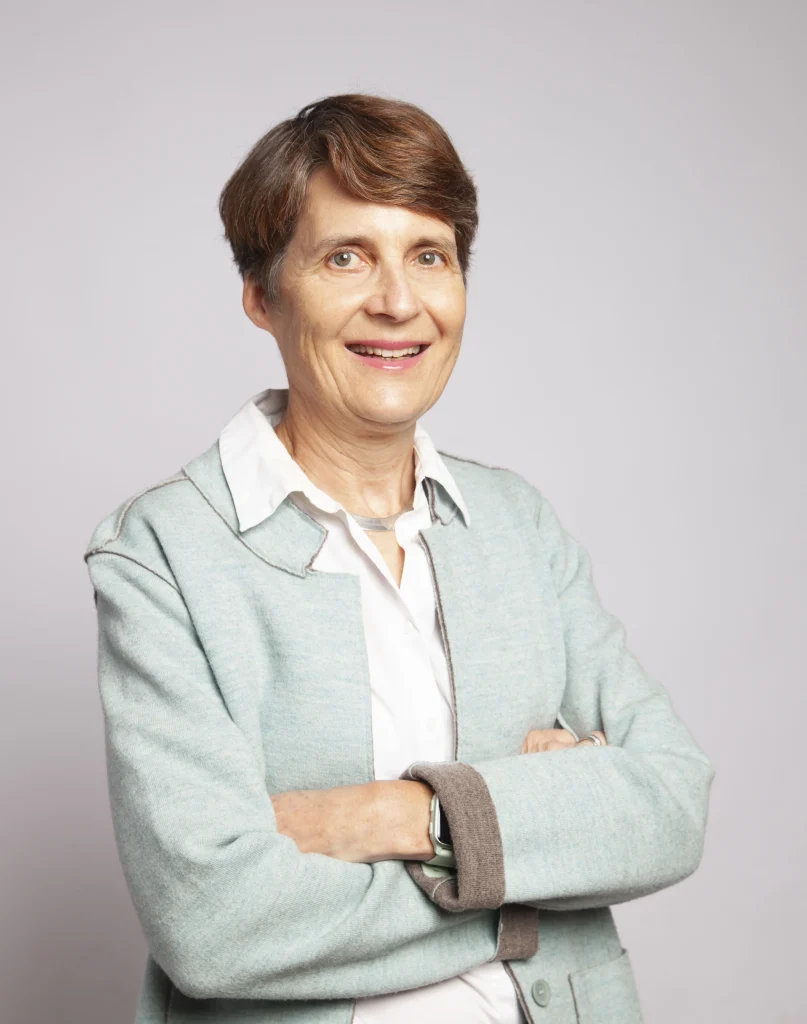
She is writing a book about the making of Chicago and the role of her great-grandfather, Victor Falkenau, a renowned― and controversial―building contractor in Chicago at the turn of the nineteenth century.
She has published essays in a parenting anthology and the literary magazines Months to Years, All Your Stories, Spillwords, and Pembroke Magazine. An article in Chicago History Magazine describes her grandmother’s experience as a farmerette during the Great War and how her work plus that of thousands of other women who took on men’s jobs finally let to women’s right to vote.
She is writing a non-fiction book about the making of Chicago and the role of her great-grandfather, Victor Falkenau. A renowned—and controversial—building contractor during Chicago’s architectural heyday at the turn of the nineteenth century during the Gilded Age, he left a lasting impact on the city as we know it today.
Her monthly Substack “Building Modern Chicago” offers insights and interpretations she’s discovered in this writing journey about his role in the modernization of Chicago.
In her weekly Substack “Snippets from Spain,” she explores the historical and cultural meanings of day-to-day occurrences she comes across as a foreigner living in the country.
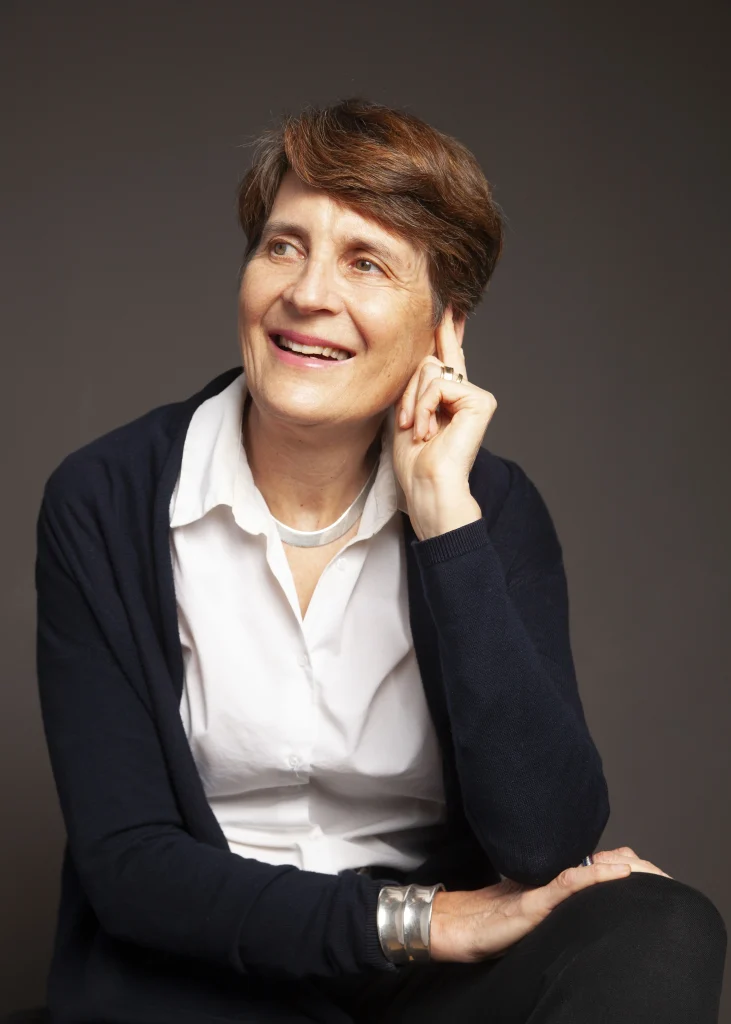
I’m writing a non-fiction book about the making of Chicago and the role of my great-grandfather, Victor Falkenau. A renowned—and controversial—building contractor at the turn of the 19th century, he left a lasting impact on the city as we know it today.
Victor constructed buildings designed by prominent architects like Dankmar Adler, Louis Sullivan, and Frank Lloyd Wright. He put up iconic structures such as the Stock Exchange, the Congress Hotel, and the Meyer Buildings. In addition to his recognition of being a fast and reliable contractor, he gained a name for himself in his opposition to the unions, especially the sympathetic strikes that paralyzed the construction industry. All this took place during the years Chicago’s most violent labor strife and dissension between organized labor and the bosses.
In his quest to make Chicago the country’s most modern city, he built factories for the Western Electric Company to bring electricity and telephones to Chicago’s residents and businesses. He improved the lot of poor families packed into slums near the slaughterhouses. So great was his vision that, in one of the largest engineering feats ever, he helped change the course of the Chicago river to bring clean water to the city.
